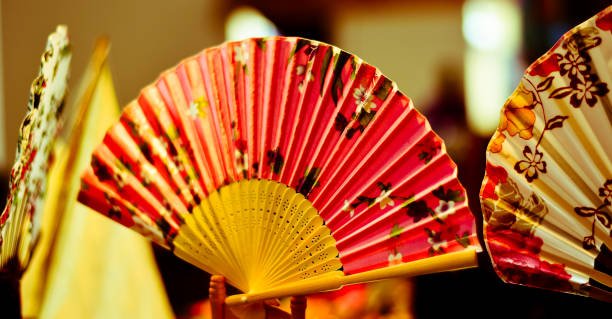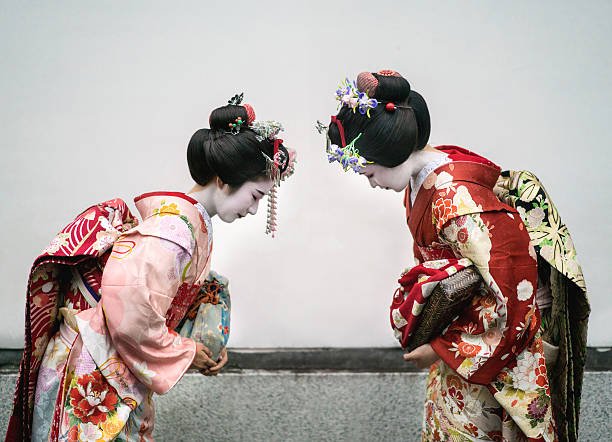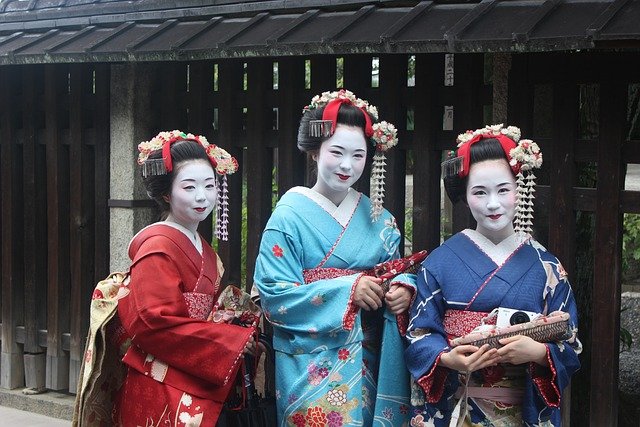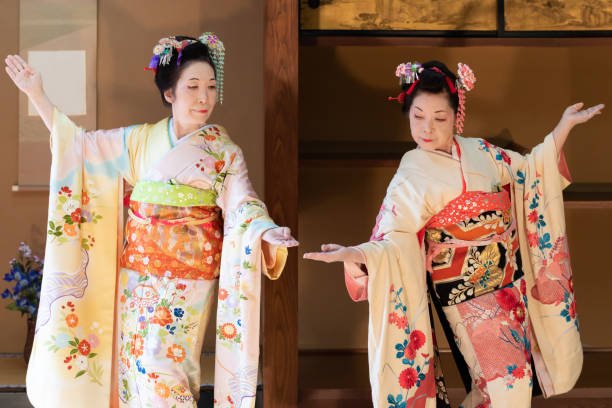Discover the rich history, exquisite artistry, and intricate etiquette of Kyoto’s geisha culture. Learn about their traditional performances, training, and cultural significance.
Introduction:
Kyoto, the cultural heart of Japan, is home to one of the most enchanting traditions in the world: the geisha. These highly trained performers dedicate their lives to mastering the arts, including dance, music, and conversation. Geisha culture is deeply rooted in history and remains a fascinating aspect of Japan’s heritage. This blog explores the history, artistry, and etiquette of Kyoto’s geisha, providing a deeper understanding of their enduring allure.

1. The Origins and History of Geisha in Kyoto
The history of geisha dates back to the 17th century, evolving from entertainers who performed at teahouses and elite gatherings. Originally, both men and women took on the role of geisha, but by the 18th century, the profession became predominantly female. Kyoto, with its rich artistic traditions, became the epicenter of geisha culture, particularly in the famous hanamachi (geisha districts) such as Gion and Pontocho. Today, Kyoto preserves the authenticity of geisha traditions, offering glimpses into Japan’s past.
2. The Art and Training of a Geisha
Becoming a geisha requires rigorous training that begins at a young age. Young girls, known as maiko (apprentice geisha), enter okiya (geisha houses) where they undergo years of practice in traditional Japanese arts. This includes learning classical dance, playing the shamisen (a three-stringed instrument), tea ceremony, and ikebana (flower arranging). Over time, maiko develop their skills and eventually graduate as full-fledged geisha, who are respected for their artistic expertise and refined manners.
3. The Role of Geisha in Modern Kyoto
While geisha culture has declined over the years, it remains a symbol of elegance and tradition in Kyoto. Geisha continue to perform at exclusive gatherings, known as ozashiki, where they entertain guests through music, dance, and witty conversation. In modern times, Kyoto’s geisha culture has adapted to changing social norms, yet the core essence remains unchanged. Festivals such as Miyako Odori provide opportunities for visitors to witness geisha performances and appreciate their artistry.
4. The Intricate Etiquette and Attire of Geisha
Geisha are known for their distinctive appearance, which follows strict etiquette and tradition. Their elaborate kimono, adorned with seasonal motifs, and intricate hairstyles symbolize grace and refinement. Maiko wear more vibrant and decorative kimono, while geisha opt for subdued elegance. Their mannerisms, from the way they walk to how they serve tea, reflect a high level of discipline and grace. Observing these customs provides insight into the depth of Japanese aesthetics and social decorum.

5. Experiencing Geisha Culture in Kyoto
For those visiting Kyoto, experiencing geisha culture can be a memorable highlight. While private geisha performances remain exclusive, visitors can attend public dance events, visit ochaya (teahouses), or explore the atmospheric streets of Gion where maiko and geisha occasionally appear. Guided tours provide historical context and a chance to learn about the legacy of Kyoto’s hanamachi districts. Respectful observation is key, as geisha uphold a centuries-old tradition that deserves appreciation and admiration.

Conclusion:
Kyoto’s geisha culture is a captivating blend of history, art, and etiquette, representing the refined elegance of Japan’s traditions. Despite the changing times, geisha continue to enchant audiences with their artistic mastery and grace. Whether through performances, historical districts, or cultural events, experiencing geisha culture offers a glimpse into a world of beauty and tradition that has endured for centuries.












